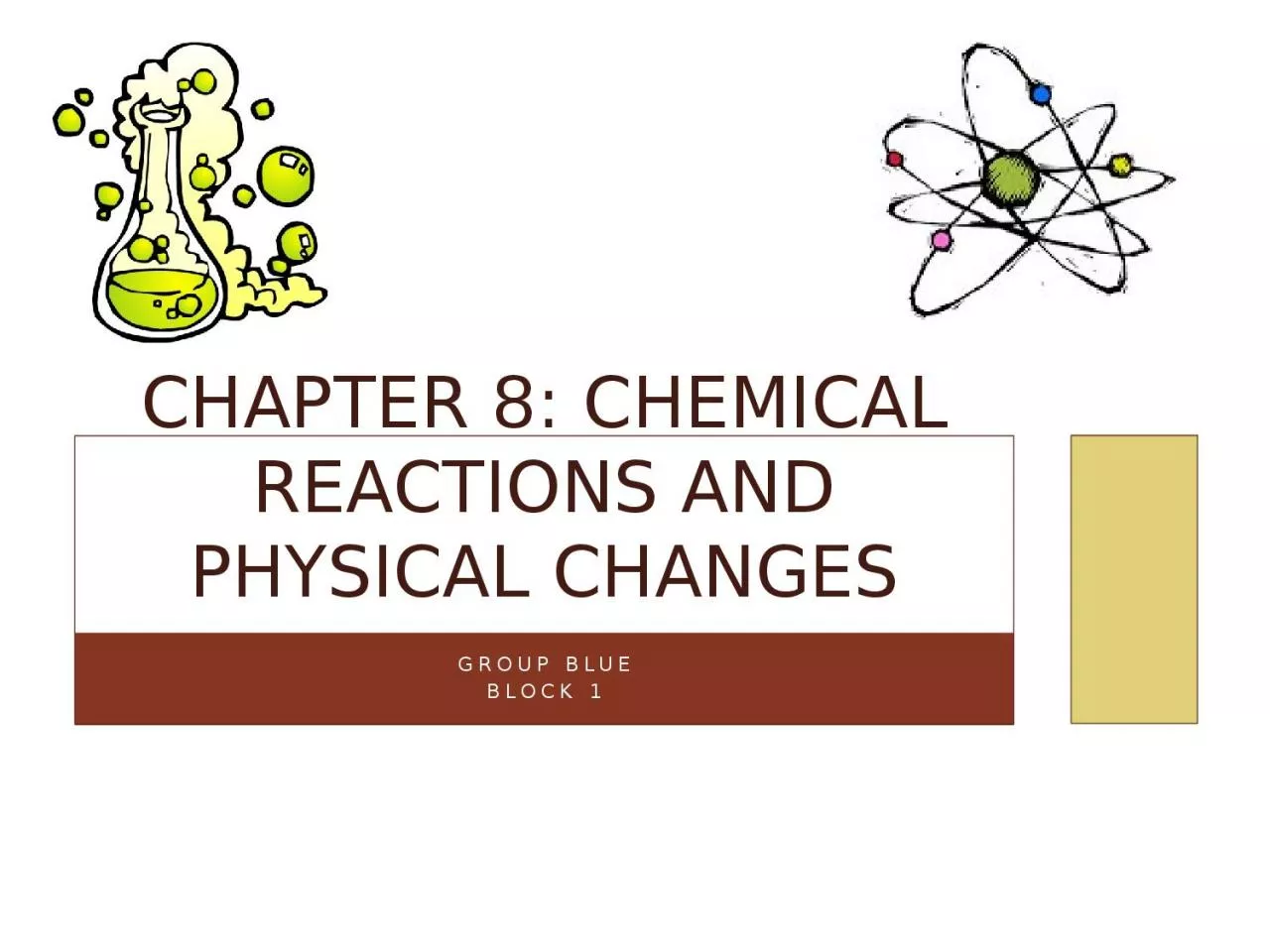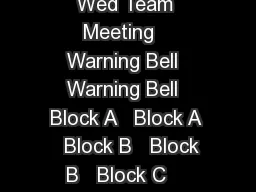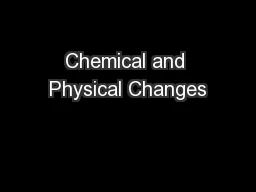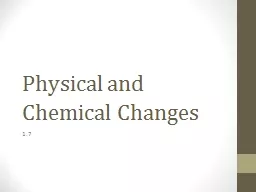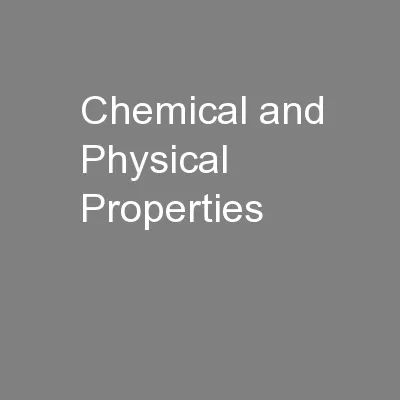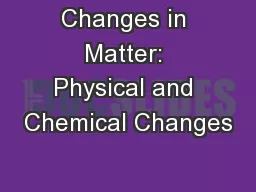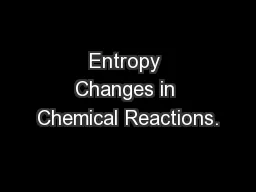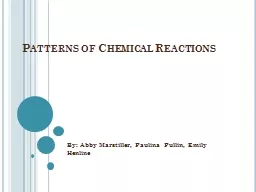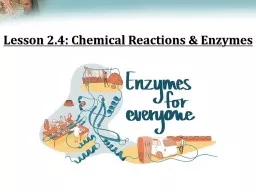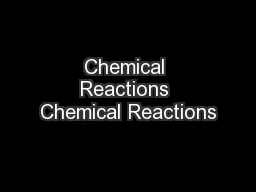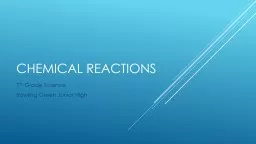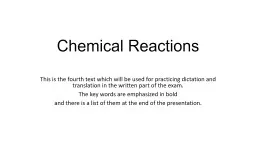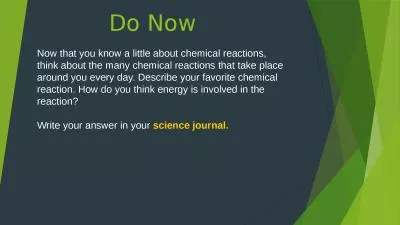PPT-Group Blue Block 1 Chapter 8: Chemical Reactions and Physical Changes
Author : pamela | Published Date : 2022-07-01
Objectives Compare chemical reactions to physical changes Compare parts of an atom Calculate the mass of one mole of an element or compound Explain how ionic and
Presentation Embed Code
Download Presentation
Download Presentation The PPT/PDF document "Group Blue Block 1 Chapter 8: Chemical R..." is the property of its rightful owner. Permission is granted to download and print the materials on this website for personal, non-commercial use only, and to display it on your personal computer provided you do not modify the materials and that you retain all copyright notices contained in the materials. By downloading content from our website, you accept the terms of this agreement.
Group Blue Block 1 Chapter 8: Chemical Reactions and Physical Changes: Transcript
Download Rules Of Document
"Group Blue Block 1 Chapter 8: Chemical Reactions and Physical Changes"The content belongs to its owner. You may download and print it for personal use, without modification, and keep all copyright notices. By downloading, you agree to these terms.
Related Documents

